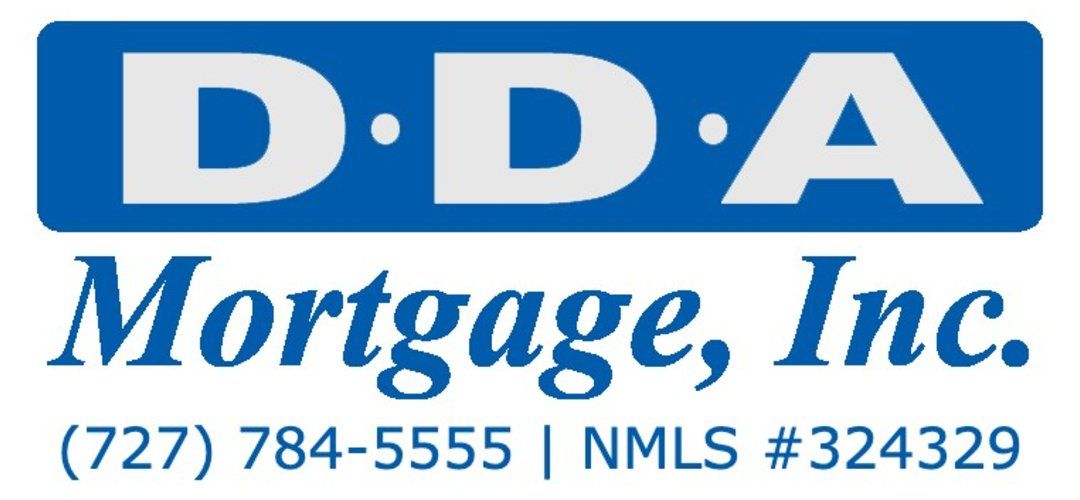There’s more blood on the tracks in the non-QM market REIT Western Asset Mortgage Capital, coping with red ink and underwater non-QM loans, is exploring a sale or merger
The latest non-QM player to feel the pain of the interest rate volatility afflicting the nation’s housing market this year is a Pasadena, California-based real estate investment trust called Western Asset Mortgage Capital Corp.
The REIT, which is managed by investment advisor Western Asset Management Co. LLC, recently announced that it is exploring a potential company sale or merger in the wake of posting a $22.4 million net loss for the second quarter ended June 30, — on the heels of posting a $22.2 million loss in the first quarter. WMC, with some $2.8 billion in assets, has a diverse portfolio of residential and commercial real estate assets.
A closer look at WMC’s books, however, shows that as of June 30 its residential whole loan portfolio, nearly all of which is comprised of non-QM loans, was underwater by some $44 million. That’s based on a comparison of the principal balance of the loans on the books and their fair market value as reported by the REIT as of that date.
The principal balance of WMC’s residential whole loan portfolio at June 30 stood at $1.24 billion, representing nearly half of the company’s consolidated total assets, according to WMC’s balance sheet. The REIT lists the fair value of those loans, however, at about $1.19 billion — which means the portfolio is underwater to the tune of $44 million.
In addition, more than 60% of the 3,097 non-QM mortgages by count and volume in the REIT’s whole loan portfolio — totaling 3,102 loans — bear interest rates at 5% or less.
The dreaded discount
Because non-QM (or non-prime) mortgages are deemed riskier than prime loans, in a normal market they typically command an interest rate about 150 basis points above conforming rates, according to Thomas Yoon, president and CEO of non-QM lender Excelerate Capital. As of last week, according to Freddie Mac, the interest rate for a 30-year fixed conforming purchase mortgage stood at 4.99%, down from 5.3% a week earlier.
“The legacy non-QM coupons are like 4.5%, so we have 4.5% coupons floating around out there from earlier in the year that haven’t moved and are starting to age on warehouse lines,” said John Toohig, managing director of whole loan trading at Raymond James in Memphis. “And they have to sell them now [in the whole loan market or via securitization when we are seeing] 6%, 6.5% or 7% deals.
“It’ll be a very different buyer that comes to the rescue … and it will be at a pretty significant discount [in the whole-loan trading market]. I’m swagging it without being at my screen, but maybe in the 90s [100 is par], but certainly underwater.”
So far this year, WMC has undertaken two securitization deals through its Arroyo Mortgage Trust conduit (ARRW 2022-1 in February and ARRW 2022-2 in July). Both deals involved non-QM loans, according to bond-rating reports form S&P Global Ratings.
Combined, the closing loan-pool balance for the two securitization deals was $834.2 million, with the weighted average interest rate for the loan pools at 4.4% for the February offering and 5.5% for the most recent deal. Keith Lind, CEO of non-QM lender Acra Lending, said rates for non-QM loans through his company were “in the high 7% [range]” for July” up from 4.5% early in the year — with Acra moving rates 18 times, mostly up, over that period.
“There’s good liquidity at that [higher] rate,” Lind added. “I don’t think investors are jumping to buy bonds backed by coupons [rates on loans] that can’t even cover the coupon on the bonds … and securitization [costs].”
In other words, lower-rate loans are at a competitive disadvantage in terms of pricing in securitization and loan-trading liquidity channels because they are worth less than the newer crop of higher-rate mortgages. Lind put it this way: “These aren’t bad loans, just bad prices.”
Non-QM mortgages include loans that cannot command a government, or “agency,” stamp through Fannie Mae or Freddie Mac. The pool of non-QM borrowers includes real estate investors, property flippers, foreign nationals, business owners, gig workers and the self-employed, as well as a smaller group of homebuyers facing credit challenges, such as past bankruptcies.
It’s volatile out there
WMC’s struggles with the impact of red ink in recent quarters are forcing it to consider “strategic alternatives” going forward, including a possible “sale, merger or other transaction,” CEO Bonnie Wongtrakool said in the company’s Q2 earnings announcement.
Wongtrakool added that the REIT’s recent quarterly results are reflective of “the ongoing challenges of interest rate volatility and fluctuating asset values.” She noted that WMC has made “significant progress in the last two years toward strengthening our balance sheet and improving our liquidity and the earnings power of the portfolio.”
Still, that has not been enough for the market, and the company’s stock price. “We do not believe that these actions are being reflected in our stock price,” Wongtrakool said.
At press time, shares of WMC were trading at $15.50, compared to a 52-week high of $29.20 and a low of $11.00.The stock-value pressure is prompting the WMC to explore alternatives going forward, including a possible sale of the company.
“Today the company … announced that its board of directors has authorized a review of strategic alternatives for the company aimed at enhancing shareholder value, which may include a sale or merger of the company,” Wongtrakool said. “JMP Securities … has been retained as exclusive financial advisor to the company.
“No assurance can be given that the review being undertaken will result in a sale, merger, or other transaction involving the company, and the company has not set a timetable for completion of the review process.”
Coping with a liquidity squeeze
WMC isn’t alone in dealing with the pain sparked by volatile rates.
Non-QM lender First Guaranty Mortgage Corp. filed for Chapter 11 bankruptcy protection at the end of June — leaving four warehouse lenders on the hook for more than $415 million. Then, in early July, another non-QM lender, Sprout Mortgage, shuttered its doors suddenly, leaving employees out in the cold.
Just weeks later, a text message leaked to the media revealed that Flagstar Bank is ramping up scrutiny of non-QM lenders prior to advancing warehouse funding. Flagstar will now require advance approval for funding advances.
The bank also indicated it may adjust “haircuts” — the percentage of the loan the originator must fund itself to ensure it has skin in the game. The leaked message included a list of 16 non-QM lenders that would be affected by the changes.
Tom Piercy, managing director of Incenter Mortgage Advisors, points to yet another facet of the liquidity squeeze facing originators across the housing industry — in this case both prime and non-prime lenders. And that variable is the current compression of the yield curve as short-term interest rates rise faster than long-term rates — such as those for mortgages.
“Our short-term rates have increased substantially,” Piercy explained. “If you look at the mortgage industry right now, with this [short-term/long-term rate] inversion, it’s going to create even more heartburn because everyone’s going to be upside down on their warehouse lines [which, he said, are based on short-term rates].
“So, the cost of your warehouse facilities is increasing while the long side [mortgage rates] is staying low. If you originate mortgages at 5%, and you may have a cost at a warehouse line of 5.25% or 5.5%, then you’re losing money if you keep loans in the pipeline.
And, for some lenders, particularly non-QM loan originators, they also face the prospect of losing money when they seek to move loans out of their pipelines via whole-loan sales or securitizations because of the higher returns demanded by investors — who also want to stay ahead of interest-rate risks.
“It’s going to be interesting to see how this all plays out,” Piercy added.
Have A Question?
Use the form below and we will give your our expert answers!
Reverse Mortgage Ask A Question
Start Your Loan
with DDA todayYour local Mortgage Broker
Mortgage Broker Largo See our Reviews
Looking for more details? Listen to our extended podcast!
Check out our other helpful videos to learn more about credit and residential mortgages.





